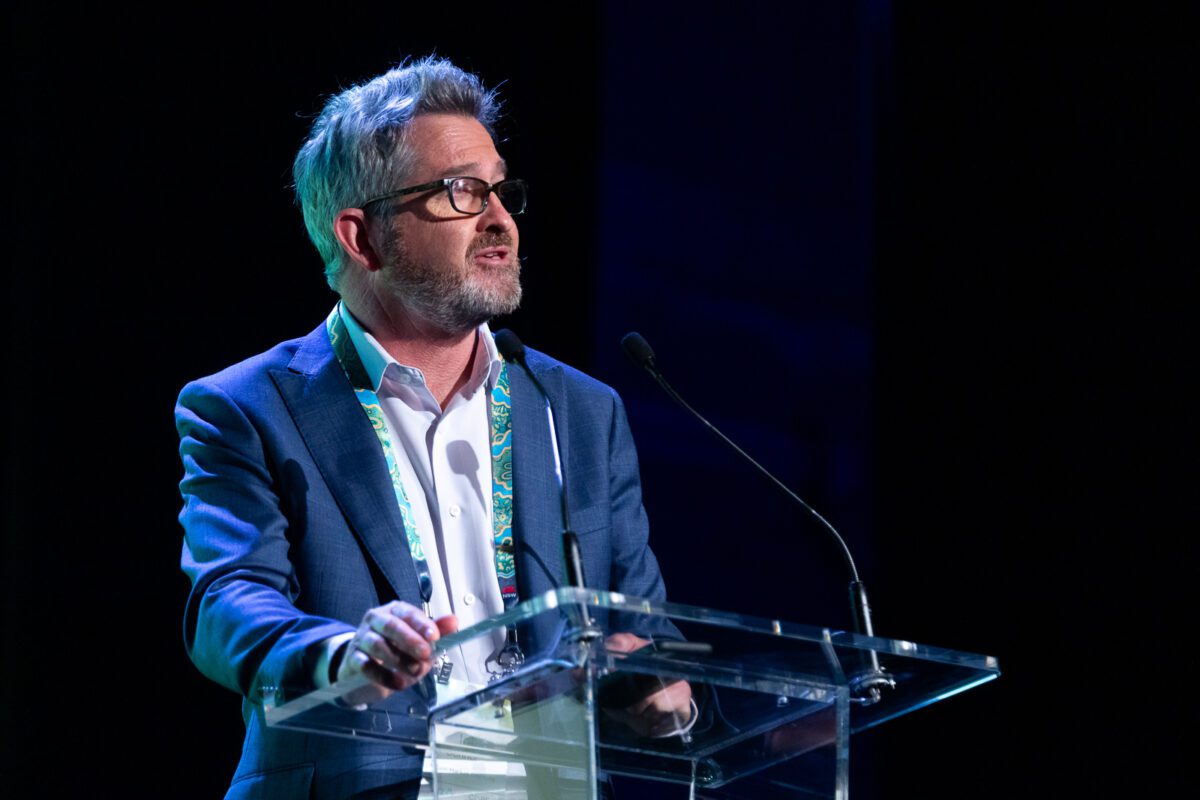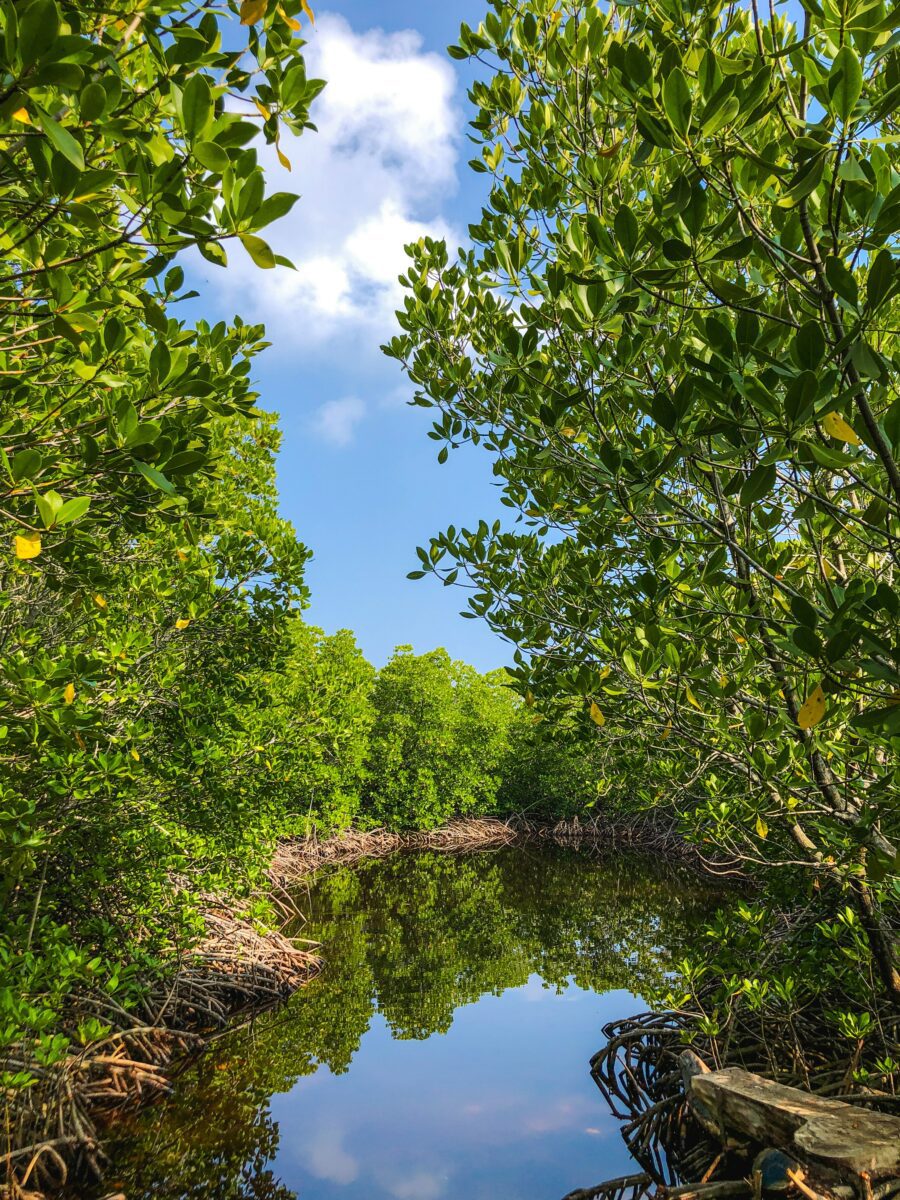InQueensland
The growth of ‘carbon farming’ has drawn heavy criticism for the unforeseen consequences of fencing off large parcels of rural land for the purpose of using natural vegetation to offset carbon dioxide emissions. Industry expert John Connor warns we should not overlook the benefits.
Last month I visited two farming families in Western NSW, one whose property shares a border with Queensland in the Paroo catchment. These no-nonsense businesspeople, hit hard by recent drought, showed me their latest crop to make good money, and it wasn’t pasture or wheat.
They are carbon farmers, making up to a million dollars a year managing land to either capture and store atmospheric carbon dioxide by managing regrowth of vegetation and soils, or to prevent emissions by protecting woodlands.
This “carbon money” from the Federal Government’s Emission Reduction Fund, has provided a vital additional revenue stream.
It’s enabling greater climate resilience and protection of top soils. It’s helping farmers both to stay on country and to employ local people to assist with running the project, undertaking tasks such as managing feral animals and building and maintaining fences.
They are also using carbon money to buy machinery and other materials from local businesses. I found these farmers were seeing the benefits of changing their grazing management practices, which gives the land time to rest and recover, and also passionate about the bigger picture of protecting and restoring the land for a more sustainable future.
In Cobar, we spoke to Peter Vlatko, General Manager at the Cobar Shire Council, who said: “[Carbon farming] is a very important part of making sure that a place like Cobar, and especially the farmers out here, have an opportunity to grow their business, by using carbon as an incentive.
“We’d encourage a lot of farmers to make sure they get on board with this. It also has a significant impact for the town itself that these people have got some additional resources that they can inject back into the community and our businesses. It’s a win-win for everybody.”
Now eight years old with over 650 carbon farming projects around Australia, carbon farming is a growing industry, funded by governments and business. It is the ‘quiet achiever’ of climate programs and it is on the cusp of change.
State governments are playing a growing role in leveraging carbon farming. Leeanne Enoch, Queensland Minister for Environment, said carbon farming’s potential was ‘absolutely clear’. Governments in NSW, WA, Victoria and SA are also stepping up their plans. The federal government recently announced a raft of improvements to help this industry significantly increase in size.
In Paroo Shire, Western Queensland, there are currently 57 carbon farming projects. The carbon captured or avoided by these projects adds up to approximately 5 million tonnes – equivalent to taking around 1.5 million cars off the road for a year.
Projects in Paroo are predominantly the carbon farming method of vegetation, or more specifically Human-Induced Regeneration. This method stores carbon by regenerating native forest, using activities such as managing the timing and extent of livestock grazing, managing feral animals in a humane manner, and managing plants that are not native to the project area.
Carbon farming projects are actively managed. People work the land planting trees, measuring the health of trees, managing pests and weeds. Carbon farming is compatible with regular farming; we work with cattle and crop farmers. When farmers sign a contract for carbon farming, they must abide by strict rules for managing weeds and pests. If they don’t, the regulator can issue an enforceable undertaking and the project can be revoked which means the farmer doesn’t get any money.
As in any area of business there may be some maverick operators, but I am surprised by the level of concern expressed by local government in Paroo as it is so different to that just down the road in Bourke and Cobar.
CMI would welcome further discussions and independent analysis of the challenges and opportunities. We should talk about land valuations and long-term trends in staffing of stations.
And we should talk about integrity in this industry. CMI recently launched the world’s first Carbon Industry Code of Conduct. This code aims to promote market integrity, consumer protection and appropriate interaction with carbon project stakeholders, including Native Title Holders, representative bodies, land managers and project owners.
Carbon farming is a vital new industry also critical to global commitments to reach net-zero emissions – a goal supported by the National Farmers Federation, Meat and Livestock Association and the GrainGrowers industry body.
If we want to help keep global warming to well below 2 degrees, as we committed to do in the Paris Agreement, Australia’s land sector has to be part of the solution. To do this Australia will need to at least triple the size of the carbon farming industry by 2030 and it should be substantially larger still by 2050.
Carbon farming needs to be integrated into economy-wide plans for Australia to transition to a net-zero emissions economy by 2050. For this integration to be sustainable on social and environmental grounds that integration needs to be supported by open discussion of challenges and opportunities.
Done properly this will realise the significant additional economic, social, Indigenous and environmental benefits that can come from carbon farming for regional communities across Australia.
John Connor is the CEO of CMI (the Carbon Market Institute). CMI is the independent industry association for business leading the transition to net-zero emissions. This includes carbon project developers and emission-intensive industries. This opinion piece is written in response to How ‘carbon farming’ is sucking the life out of our outback communities (InQueensland, September 25 2020)



